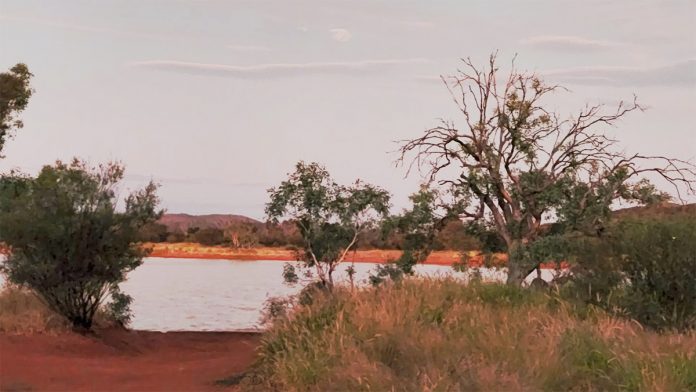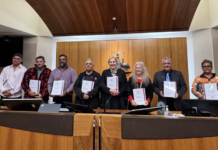By Water Management Expert Joe Rantino
In the expansive and arid regions of rural Australia, where rainfall is limited and water retention is a crucial concern for landowners, there is a wealth of knowledge to be derived from the historical practices of Indigenous communities.
As rural landowners seek to maximize water retention in their dams, exploring traditional water-harvesting techniques offers valuable insights and inspiration for adapting and implementing effective strategies.
Indigenous water conservation techniques
The ability of Australian First Nations communities to navigate and thrive in environments with low rainfall has long been a source of admiration. Early European explorers marvelled at their methods for securing water. From flooded rock-holes to clay dams, communities demonstrated a profound understanding of sustainable water management.
On the driest populated continent on earth, water management and drainage focus are always on flood season. But drainage and water supply management are a drought issue. The First Nations people were conserving water in carefully built dams for 50,000 years
and we have a lot to learn from them. In my two decades of designing drainage and water management, I’ve never seen a rural property integrate the lessons of First Nations people, but there’s so much we can learn from them.
Soaks
Soaks, pits capturing rainwater, acted as natural reservoirs, crucial in arid regions. The concept of soaks involved creating pits or depressions in the ground to capture and store rainwater. These pits acted as natural reservoirs during periods of rainfall, allowing water to be absorbed into the earth and held for later use. This method was especially valuable in arid regions where water sources were scarce. The construction of soakage pits was done with a deep understanding of the local landscape, considering factors such as soil type, vegetation, and the natural flow of water.
Flooded Gnammas
Flooded gnammas or rock holes, played a pivotal role, serving as reliable water sources during dry periods. While clans living in wetter areas used broad clay-lined dams, the drier areas built intricate rock holes on low-lying lands in dry river beds. Lined with rocks, these deep narrow holes were filled with water during wet seasons when the river beyond was dammed, creating a dam-well hybrid that stored enough water for months, or even years of drought. Early explorers noted in their diaries that vast rock holes stored incredible amounts of water along the edges of deserts.
Riverine Waterholes
Riverine waterholes served as essential water sources along riverbanks in diverse landscapes. These natural depressions or pools varied in size and depth, influenced by factors like river flow, and surrounding vegetation. Indigenous communities carefully selected waterholes based on considerations such as accessibility, water quality, and cultural importance. Vital for daily survival, serving as a source of drinking water, fishing, and hunting, these waterholes offered the availability of food resources, contributing to the sustainability of Indigenous communities.
The ingenious techniques of indigenous communities —flooded rock holes, soakage pits, and intricate rock holes, amongst many other valuable methodologies —offer a blueprint for modern farmers. From natural reservoirs to sustainable wells, these time-tested practices work to maximise water retention and can offer landowners with dams valuable insight.
It’s time to integrate Indigenous wisdom into our agricultural landscape. By blending traditional knowledge with modern agricultural practices, farmers can make informed decisions about dam construction, maintenance, and water usage.
Let the legacy of our First Nations guide us toward a future of thriving and sustainable farms. Harvesting their wisdom, cultivating sustainability and ultimately learning from the land, maybe it is time we embrace Indigenous water ways and adopt dam engineering lessons from First Australians.





